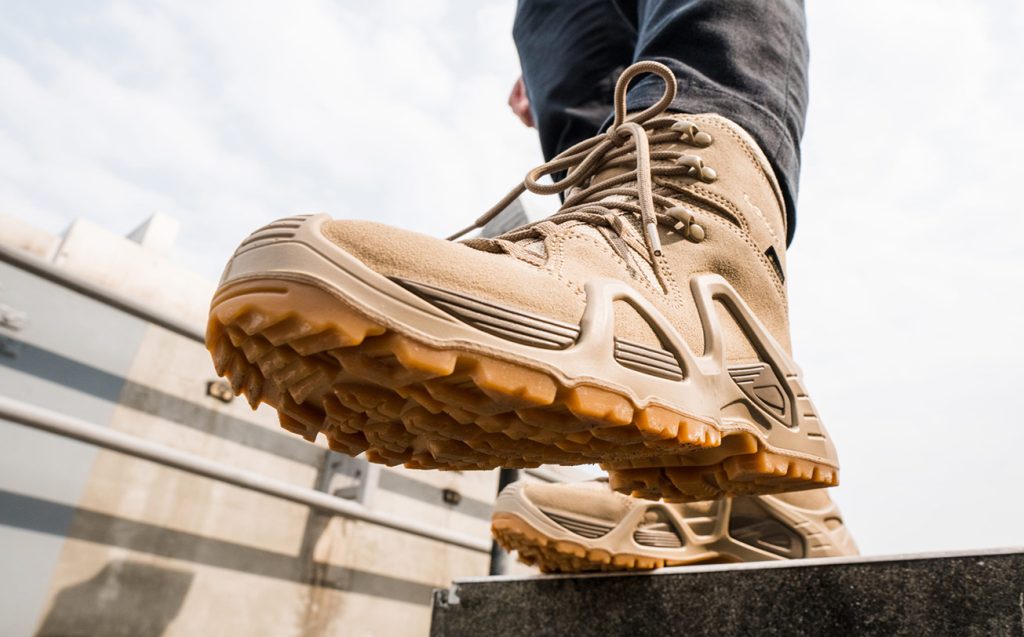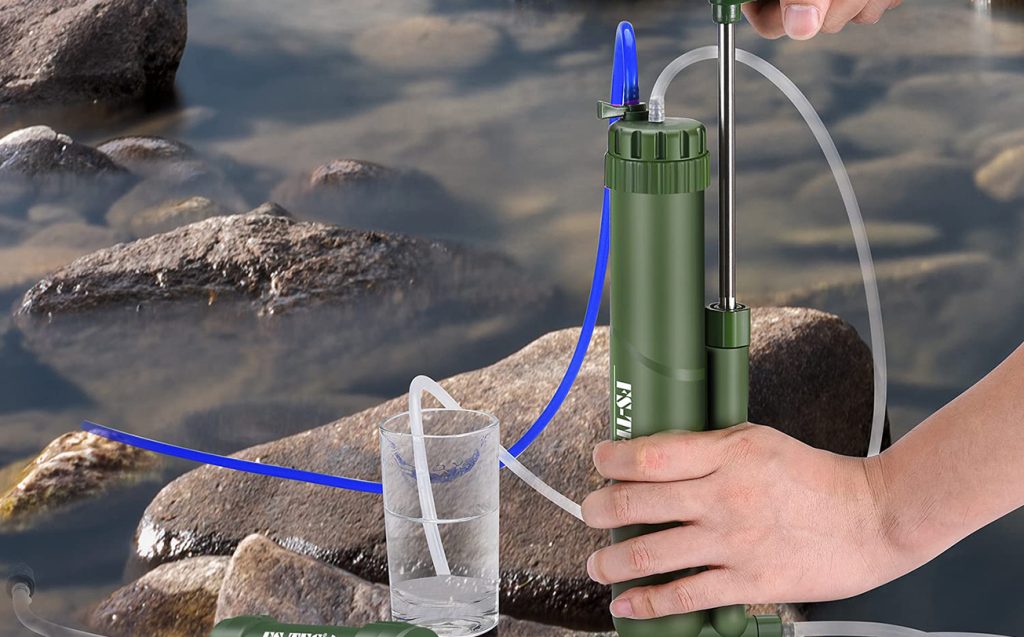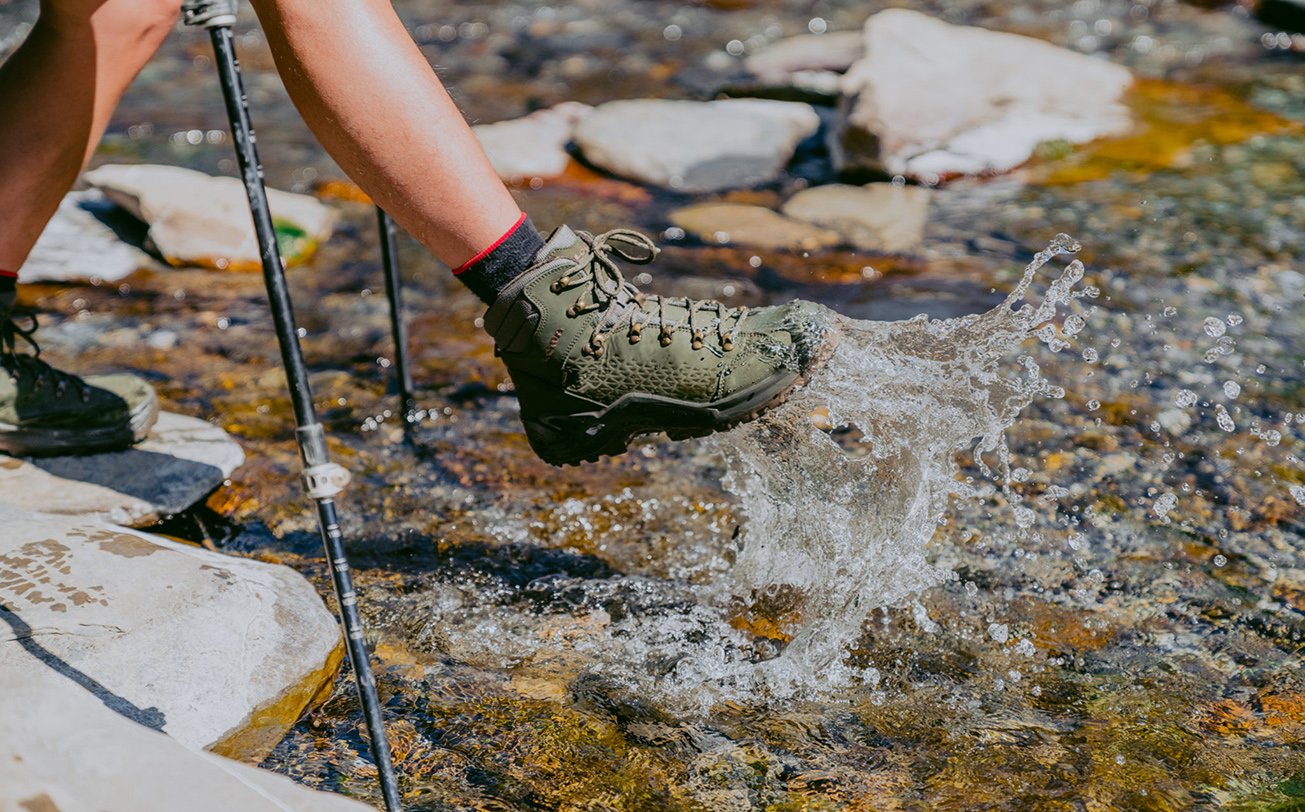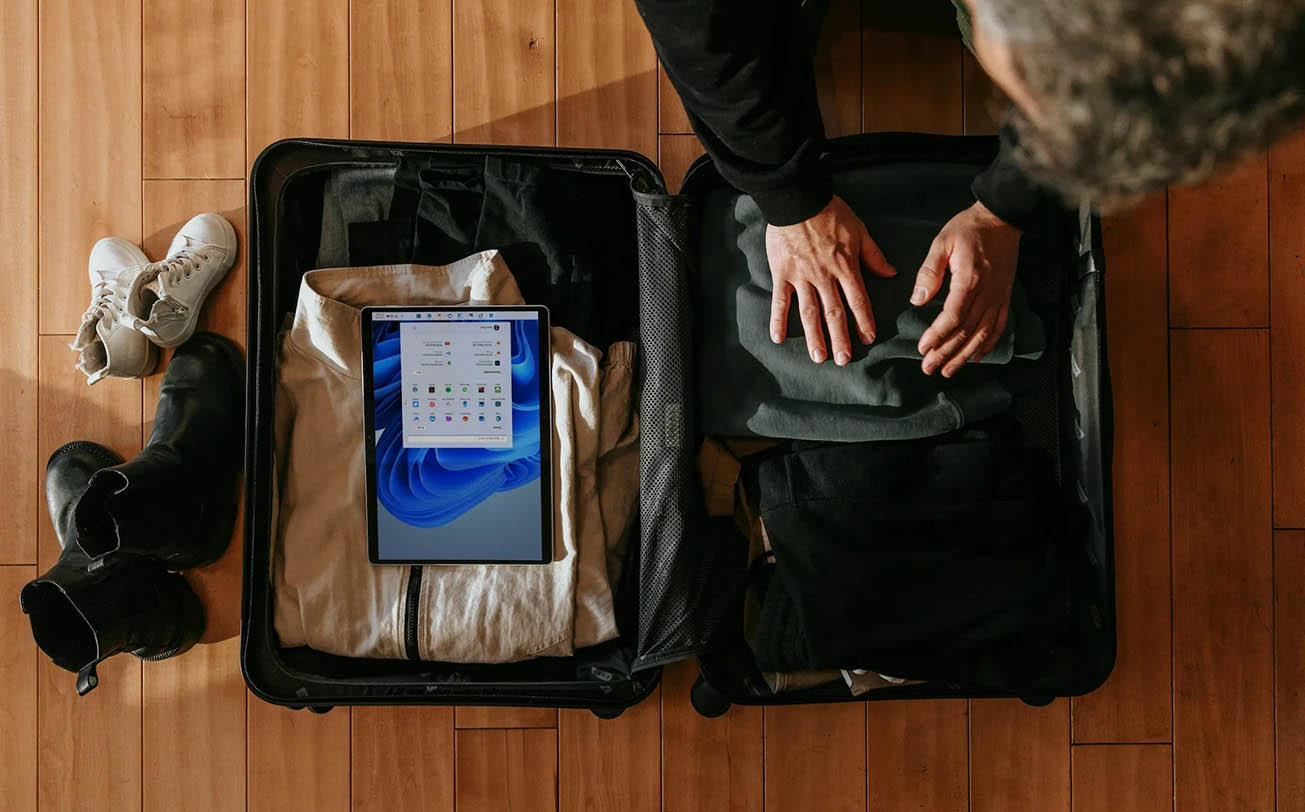1. Clothing:
- Layering: Dressing in layers helps regulate body temperature. Start with a moisture-wicking base layer, add an insulating mid-layer, and finish with a waterproof and windproof outer layer.
- Down Jacket: A lightweight down jacket offers exceptional warmth while remaining easily packable.
- Waterproof Pants: Keep your legs dry and comfortable with waterproof and breathable pants.
- Gloves and Mittens: Protect your hands from the cold with insulated gloves and mittens.
- Hats: Pack both a warm, insulated hat for chilly conditions and a sun hat for UV protection.
2. Footwear:

- Hiking Boots: Invest in high-quality, waterproof hiking boots with sturdy ankle support.
- Socks: Select moisture-wicking, cushioned socks to prevent blisters.
3. Equipment:
- Backpack: A comfortable, well-fitted backpack is indispensable for carrying your gear.
- Trekking Poles: Trekking poles provide stability and alleviate stress on your knees.
- Climbing Gear: If your adventure involves technical climbing, ensure you have the requisite equipment such as ropes, harnesses, and carabiners.
4. Sleeping Gear:
- Sleeping Bag: Choose a sleeping bag rated for the temperatures you anticipate.
- Sleeping Pad: An insulated sleeping pad enhances comfort and warmth.
- Tent: If camping, opt for a lightweight and robust tent designed for high-altitude conditions.
5. Navigation and Safety:
- Maps and Compass: Familiarize yourself with the terrain and carry maps and a compass.
- GPS Device: A GPS device can be invaluable for navigation in remote areas.
- First Aid Kit: Assemble a comprehensive first aid kit, including medication for altitude sickness.
- Headlamp: A reliable headlamp is crucial for low-light navigation.
- Communication Device: Bring a satellite phone or emergency beacon for communication in case of emergencies.
6. Food and Water:
- Water Filtration: Ensure access to clean water with a portable filtration system.
- High-Energy Foods: Pack calorie-dense, non-perishable foods like energy bars and trail mix.
- Cooking Gear: If cooking is required, carry a lightweight stove and cookware.

7. Altitude Sickness Prevention:
- Acclimatization: Plan for gradual acclimatization to high altitudes to reduce the risk of altitude sickness.
- Medication: Consult a healthcare professional and carry prescribed medication for altitude sickness.
8. Environmental Responsibility:
- Leave No Trace: Respect the environment by adhering to Leave No Trace principles.
- Permits: Research and obtain any necessary permits for your high-altitude adventure.
High-altitude expeditions offer awe-inspiring vistas and thrilling challenges. Being well-prepared with the right gear is paramount for your safety and enjoyment. Prioritize high-quality, lightweight, and weather-resistant equipment to ensure a successful journey and fully embrace the splendors of your high-altitude adventure.




